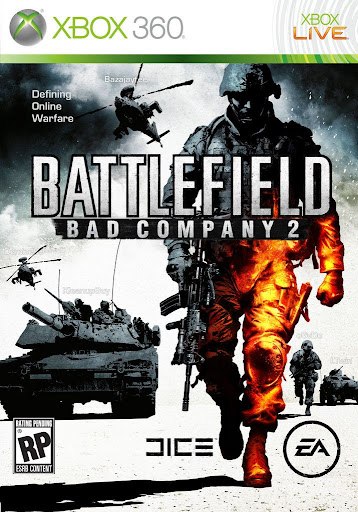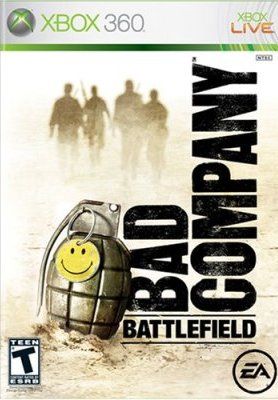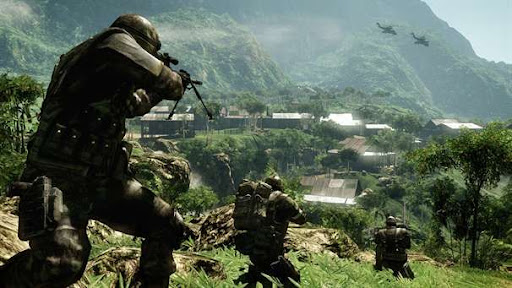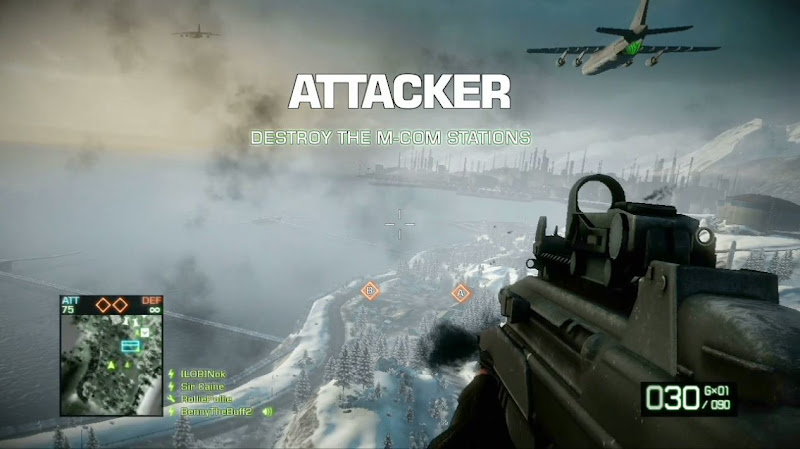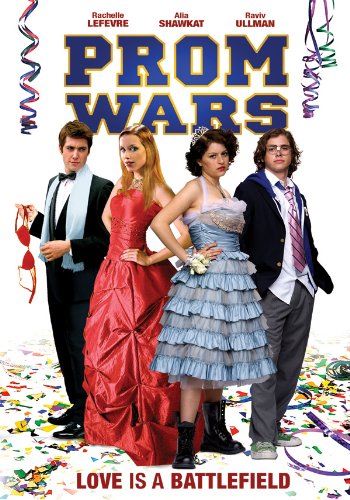
Lord knows why we watched it, and even still why I'm writing about it, but this past weekend my friend Jordyn and I rented a movie called Prom Wars. We also rented Caveman with Ringo Starr, which should give you an idea of what the weekend was like. But I digress. Prom Wars isn't necessarily as bad as a teen comedy titled "Prom Wars" could be, though only marginally so, and for that I suppose I'm slightly grateful.
Prom Wars is about three prep schools (as the Napoleon Dynamite-esque moving sketchbook credits tell us): Selby and Lancaster, two all-boys schools, and an all-girls school whose name escapes me (let's call it Katherine Heigl Elementary). The main plot concerns Percy and Diana, two students who are dating. In the opening scene, Percy, who is from Selby, finds out that Diana had previously slept with a toolbox student from Langford, then gets drunk and chews her out before finally getting right-crossed and dumped.
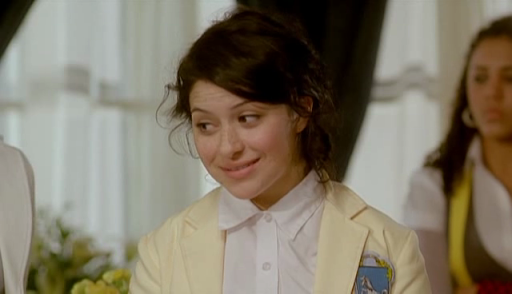
She throws a mean right hook, Diana.
Through a series of happenstances that are both unmemorable and unremembered by me, Diana convinces the student body of Heigl (which is uniformly made up of attractive, short skirt and Chuck Taylor-wearing alterna-hotties (did I mention this is actually an indie flick?)) that they should make the two guy schools compete for who can take them to prom.
The resulting movie is the story (and montages) of the nerd-heavy Selby taking on the jocko taco Lancaster; the two schools compete in everything from arm wrestling to chess to a climactic paintball match. All the while, Percy and Diana continue to liaison and negotiate over the terms of the "war." The sets looks expensive and the characters are all garbed in Hogwarts-style boarding school uniforms, giving the impression that the movie could just as easily have been called White People Throw Money at Each Other.
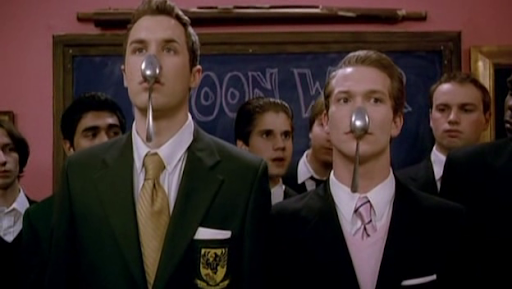
Some of the competitions are actually fairly creative.
All of this sounds like an eye-gouging good time, right? Well, put down the tar and feathers, you Mob Song chorus members, you, because it's not that bad (just almost so). The leads in this movie are actually pretty good, particularly Raviv Ullman (of "Phil of the Future" pseudo-fame) and Alia Shawkat, who are both reasonably charming and fairly sympathetic, which is a feat considering how ridiculous this story is.
The expensive set I mentioned earlier also helps distinguish from other high school teen comedies in the genre. The movie has a slightly quirky edge that helped me get passed some of the clichés; it may be damning it with faint praise, but I never really felt compelled to leave the room in disgust, which is worth something in my book. It doesn't hurt that I actually did laugh in a couple places. A couple.
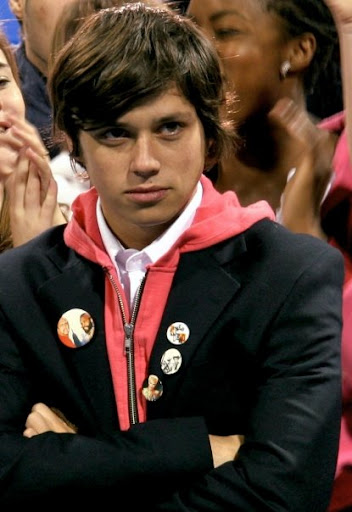
The cast, especially Ullman (pictured), go a long way to making the material seem less insipid than it actually it.
You're probably wondering why on Earth I am being so bloody generous to a movie that is at best mildly entertaining and at worst email-checkingly dull. I suppose it's because I've seen how deep and dark the rabbit hole goes; right before we went to the movie store, Jordyn watched I Love You Beth Cooper. Oh sweet mustache, that is an awful, awful movie. Awful in its clichéd and sketchy characters. Awful in its predictable plotline (not predictable as in "I bet this is what happens right now;" predictable as in "Wouldn't it be terrible if this actually happens right now?"). Awful in the notion that someone thought people would be entertained by it. Prom Wars definitely has issues, such as an ultimately forgettable story and characters (including an unrequited affection subplot that I could not tell you about even if you offered me one of these fabulously expensive sets), but it's not as absolutely terrible as Beth Cooper, where there was seriously a point where I had to go to Safeway for soda because I simply couldn't stand it.
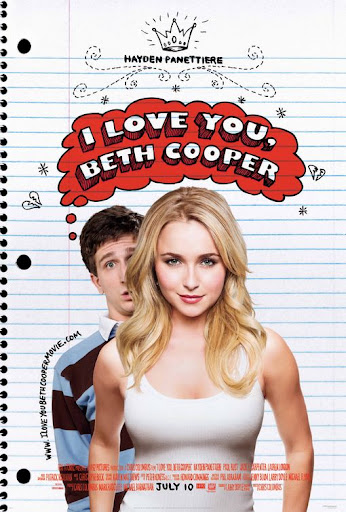
Prom Wars could be worse. A LOT worse.
And this is ultimately what Prom Wars is: not quite the worst bad movie you've ever seen. I never felt like I was killing my brain cells like I was during Miss March, and I found it easier to swallow than other teen comedies like Van Wilder or the like. Movies like these make great drinking game movies; they're not terribly painful, they're pretty short, and they're readily available on NetFlix Instant Queue. In fact, I'll close this entry with a Prom Wars drinking game I thought up this afternoon:
Drink every time:
- The words "Victory" or "Defeat" flash onscreen
- The two little kids from the beginning have a scene
- Someone makes a not-so-veiled comment at one of the characters' sexuality (you'll know who)
- Percy and Diana meet somewhere incognito
And for added schnockticity, include every time:
- A scene is gratuitously in slow motion
- Percy's little sister is in a scene
La'chaim!
